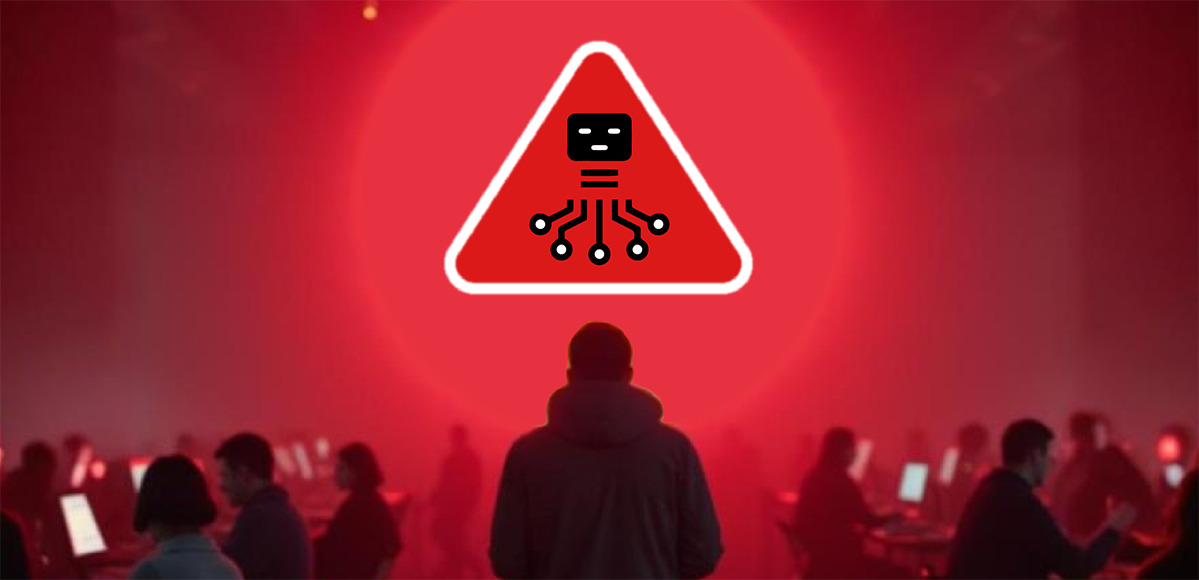Advertisers are Paying for the Problem Everyone Else is Ignoring
By Lior Fisher | April 15, 2025

Let’s not sugarcoat it.
In digital advertising, everyone gets paid when an ad is served.
Doesn’t matter who saw it. Doesn’t matter if anyone saw it.
If there’s an impression logged, someone gets a check.
Except one player: the advertiser.
And ironically, they’re the only ones with no real control over the system.
The latest report from Adalytics, backed by WSJ, lays it all out (again).
Bots are being served ads. Not sophisticated ones hiding in plain sight. We’re talking about bots that openly identify as bots.
And still get served impressions.
You don’t need to be a fraud detection expert to spot the problem here.
So, who’s responsible?
The verification tools that somehow miss the obvious?
The SSPs that keep the money flowing regardless of source?
The publishers who let the request through in the first place?
The answer is… yes. All of them.
Every single one of these players could flag the traffic.
Could stop the ad from being served.
Could reduce waste, protect budgets, and fix the problem.
But here’s the question nobody likes to answer:
𝗪𝗵𝘆 𝘄𝗼𝘂𝗹𝗱 𝘁𝗵𝗲𝘆?
They’re getting paid either way.
This is the quiet part of programmatic no one wants to say out loud:
𝗜𝗳 𝘆𝗼𝘂𝗿 𝗯𝘂𝘀𝗶𝗻𝗲𝘀𝘀 𝗺𝗼𝗱𝗲𝗹 𝗱𝗲𝗽𝗲𝗻𝗱𝘀 𝗼𝗻 𝘃𝗼𝗹𝘂𝗺𝗲, 𝘁𝗵𝗲𝗿𝗲’𝘀 𝗻𝗼 𝗶𝗻𝗰𝗲𝗻𝘁𝗶𝘃𝗲 𝘁𝗼 𝘀𝗰𝗿𝘂𝘁𝗶𝗻𝗶𝘇𝗲 𝘄𝗵𝗮𝘁 𝗰𝗼𝘂𝗻𝘁𝘀 𝗮𝘀 “𝘃𝗮𝗹𝗶𝗱” 𝘃𝗼𝗹𝘂𝗺𝗲.
Yes, all players know their long-term reputation depends on providing clean inventory. If the advertisers stop trusting the quality, relationships suffer. Budgets shift and damages add up.
But here’s the reality:
As long as the invalid traffic stays under the 3%–5% threshold, they’re golden.
It’s the industry’s quiet agreement – stay below the benchmark, and no one gets hurt.
So while the reputational risk is there, there are no immediate consequences. No direct incentive to change.
And that’s… a problem.
It’s a fraud problem. An incentive problem. A transparency problem. And a data problem.
Why this keeps happening (and will keep happening)
Under the hood:
– Most verification systems rely on generalized rules and outdated identifiers. They weren’t built to detect bots that change tactics by the hour.
– SSPs focus on bandwidth. More ad calls = more revenue. There’s little reward for saying “no.”
– Even if good willed, publishers don’t always have the tools to stop a bad request before it’s monetized.
And the advertisers? They’re left in the dark, armed with dashboards full of vanity metrics and a media plan that looks airtight.
This is the status quo. It’s flawed. And it’s expensive.
So what’s the fix?
We don’t need another round of finger-pointing.
We need a new way to operate – one that starts upstream, not after the damage is done.
𝗛𝗲𝗿𝗲’𝘀 𝘁𝗵𝗲 𝗶𝗱𝗲𝗮: 𝗜𝗻𝘀𝘁𝗲𝗮𝗱 𝗼𝗳 𝘁𝗿𝘆𝗶𝗻𝗴 𝘁𝗼 𝘃𝗲𝗿𝗶𝗳𝘆 𝗯𝗮𝗱 𝘁𝗿𝗮𝗳𝗳𝗶𝗰 𝗮𝗳𝘁𝗲𝗿 𝗶𝘁 𝗲𝗻𝘁𝗲𝗿𝘀 𝘁𝗵𝗲 𝗽𝗶𝗽𝗲, 𝘄𝗵𝗮𝘁 𝗶𝗳 𝘄𝗲 𝗷𝘂𝘀𝘁… 𝗻𝗲𝘃𝗲𝗿 𝗹𝗲𝘁 𝗶𝘁 𝗶𝗻?
What if we moved the decision to the point of origin – before the ad request is ever made?
This isn’t hypothetical.
With the right combination of AI and first-party data at scale, it’s already happening:
– Bots flagged in real-time – before they ever trigger an ad call
– Page-level signals analyzed to detect real attention
– Ad placements dynamically adjusted based on user behavior, not guesswork
– Fraud filtered where it starts: at the publisher level
The technology exists. The data is available. The only thing missing is the collective will to change how things work.
Where do we go from here?
We need to recognize that the way we’ve been operating serves everyone but the advertiser.
What we need isn’t more layers of verification. We need a new foundation. One rooted in first-party data, not third-party assumptions. Driven by real-time intelligence, not postmortem reporting. Designed to protect outcomes, not impressions.
Because here’s the truth:
If the system works for everyone except the one paying for it, the system is broken.
Let’s fix it.
Latest Articles
-

What Sales Got Right About Competitive Intelligence – and Why It’s Time for Advertisers to Catch Up
In sales, competitive intelligence became second nature — the reason teams know why deals were won or lost. Advertisers, on the other hand, are still optimizing in the dark. It’s time to bring the same discipline to marketing, and finally see beyond surface-level metrics.
View Now -

AI is Rewriting the Attention Economy, Advertisers are at Risk of Getting Sidelined
AI is rewriting the attention economy. Perplexity’s “citations, not clicks” payouts and Cloudflare’s pay-per-crawl model mark a new phase where platforms set the rules of visibility. Unless brands and agencies demand clarity, control, and real behavioral signals, performance will be optimized to interfaces, not outcomes.
View Now -

When Agentic AI Takes the Wheel, Who’s Watching the Road?
Speed feels like smarts in advertising, but most “autonomous” systems optimize on labels and averages rather than behavior in context. They can’t see scroll, true in-view time, ad density, or what happens after the impression. Data without depth is a liability; the edge now is first-party, behavior-rich signals learned across environments.
View Now
